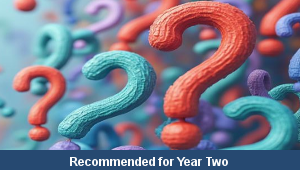Lesson Five – Number Lines

This maths teaching pack for Key Stage One gets the children to identify, describe and complete different sequences of numbers that have been recorded using both words and digits for numbers to twenty.
The class can select and use the correct vocabulary to describe and compare the selected numbers listed in each sequence by the place value of their numerical digits.
Download this teaching pack including a lesson plan, classroom activities and an interactive presentation to identify, describe and complete different sequences of numbers that have been recorded using both words and digits for numbers to twenty
Activities in this teaching pack include a set of differentiated worksheets to model how to complete different sequences of numbers recorded in words and digits to ten for support ability levels, to twenty for core ability levels and to thirty for extension ability levels.
The interactive presentation gets the children to explore how to complete sequences of numbers recorded in words and digits to twenty.
This lesson is part of a maths scheme of work to get the children to compare, order and sort different numbers to twenty by their matching properties and the place value of their numerical digits. There are teaching activities for shared learning, differentiated worksheets to support independent learning and interactive presentations to introduce concepts and key skills.
-

Maths Measurement Assessment
Assess abilities in estimating, measuring and comparing a range of different measurements for length, mass and capacity
-

Family Life
Investigate and reflect on some of the special events and experiences that might happen in the life of a family
-

Final Sounds Word Guess
Practise playing some guessing and matching games to identify the spelling and meaning of words with different final sounds
-

Building Reports
Explore how to collect facts and information to work with when composing and presenting non-chronological reports about buildings that can be found in the local area
